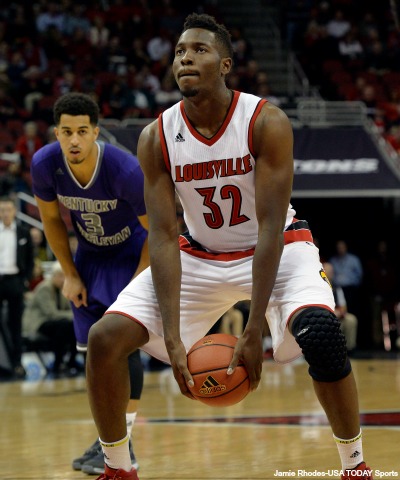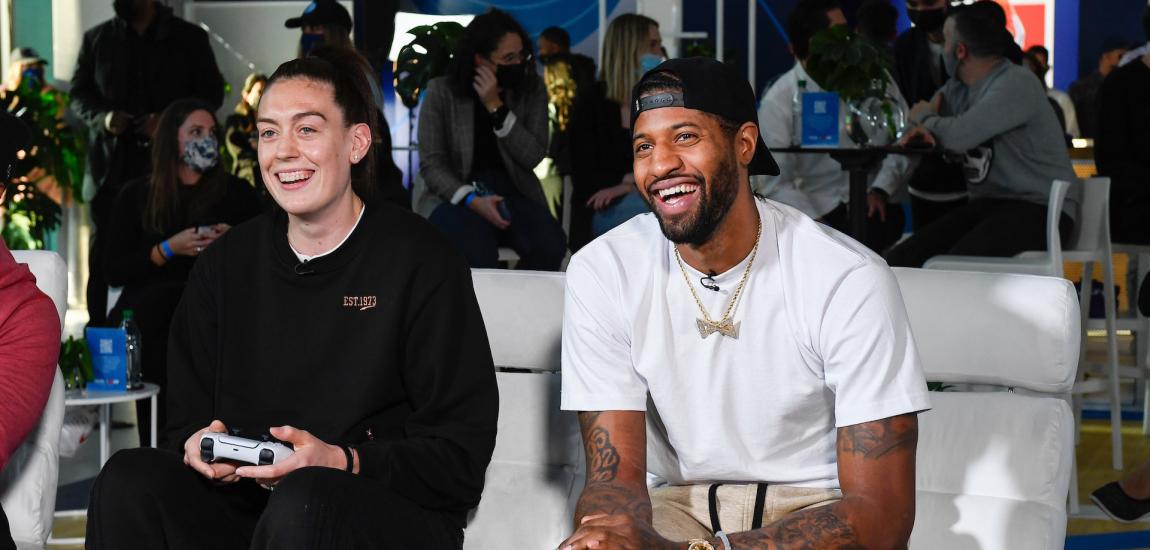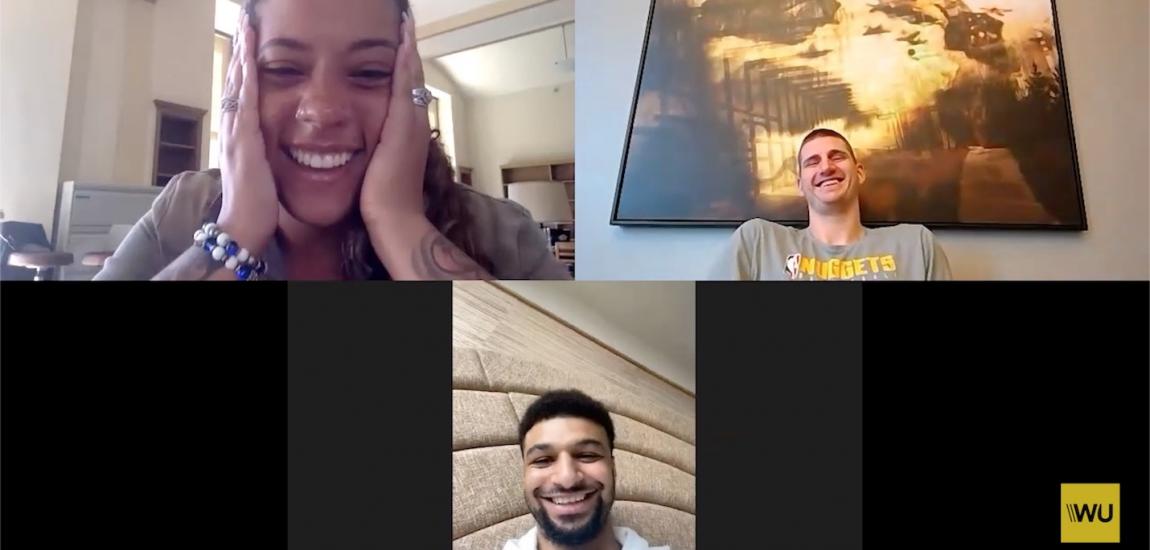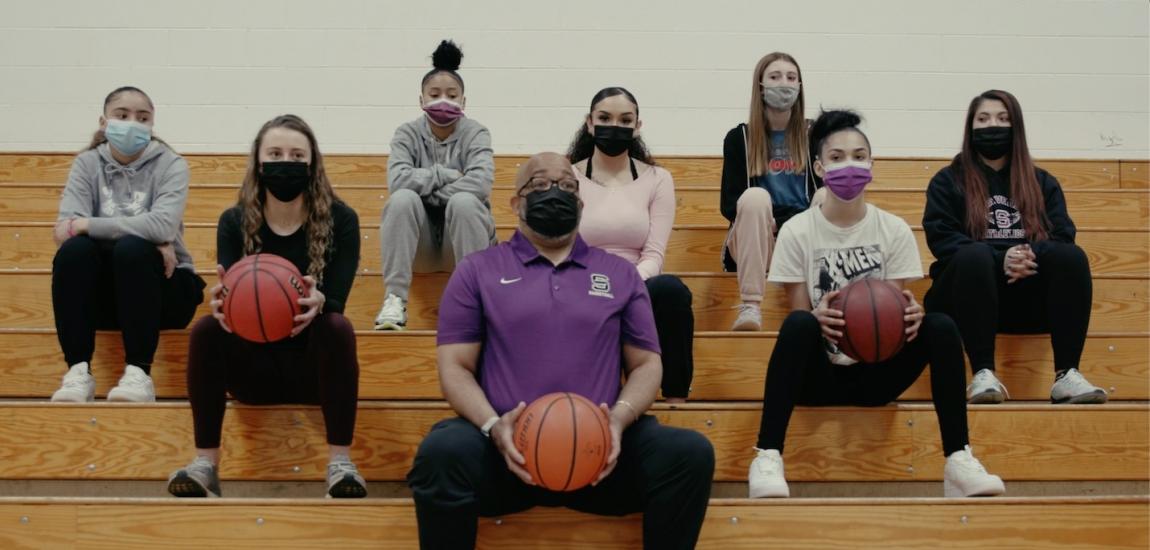When he first gave it a try, his Chinanu Onuaku's teammates laughed at him. Underhanded free throws? What is this, elementary school?
But after a summer to practice his form, the Louisville sophomore has silenced those teammates. Coming off a freshman season where he shot 47 percent from the foul line, Onuaku's new approach has proven to be a big improvement -- so much so that he plans to use the unorthodox form in games.
The underhanded style was recommended to Onuaku by coach Rick Pitino, who called him into his office one day to show him tape of that form. It was famously used by Hall of Famer Rick Barry, who ranks third all-time in NBA free-throw percentage.
Barry has been famously amazed that so few players adopt the style he championed and used to such great success. In a 2013 interview with ThePostGame, he criticized poor-shooting college and NBA players for sticking with the more traditional shooting form even as they failed to perform.
"If you're shooting 80 percent or better, great," he said. "If you can't shoot 80 percent, you're not a good free-throw shooter, that simple. If you can't shoot in the mid-70s, you need to think seriously about it. If you're a 60-percent, 50-percent free-throw shooter, by God, you should try anything."
Onuaku was receptive to the new form, and it hasn't taken long for underhanded shooting to prove the better method for him. In a preseason game this year, Onuaku went three-for-four. During a practice witnessed by an ESPN reporter, he made 19 straight free throws.
Those are the kinds of results others have cited when encouraging poor-shooting big men to try an alternative approach. NBA stars like DeAndre Jordan and Dwight Howard are major liabilities on the line, so much to the point that their teams will sometimes bench them to keep opponents from fouling and exploiting that weakness.
In 2014, we pointed out how former Warriors big man George Johnson was shooting 65 percent from the line before he asked Barry to teach him underhand free throws. The next season, his percentage shot up to 80 percent.
And while it continues to exist as an odd alternative to traditional free-throw shooting form, there's science backing up underhanded shooting from a physics perspective. In actual gameplay, shooting underhand isn't practical -- a higher release point is needed to send the ball over the hands of defenders.
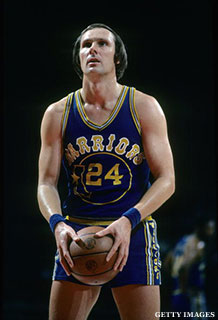
But a 2008 feature in Discover Magazine cited research from physics professors that argued underhand shooting provided a superior arc and spin to the ball, both of which increased the odds of making a shot. Physics professor Peter Brancazio argued that big men tend to struggle with free throws more than shorter players because their release point is higher, making the basketball's angle of entry sharper when it arrives at the hoop.
From Discover:
"'Because of the sharp angle of the typical overhand throw, there ends up being a much smaller window for the ball to go in,'" [Brancazio said]. If the ball comes down at the basket from a steeper angle, the way it does if tossed up in the high arc characteristic of an underhand throw, the margin reappears. 'That means there's a far greater chance of making the basket,' he says."
Another researcher, Tom Steiger, noted that the sideways motion created by the elbow in a foul shot is a liability for basketball players -- some more than others.
"If they are sticking out, that can easily add an unwanted nudge to the ball, which results in a missed shot," writes Discover. Steiger noted that the wrist, elbow and shoulder all have to move properly for a made free-throw to occur, and these extra degrees of movement increase the risk of an error.
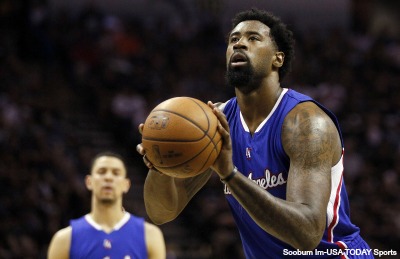
Underhanded throws, meanwhile, are performed with perfect bodily symmetry, and with fewer degrees of motion. Plus, the underhanded throw can increase the amount of backspin on the ball, which makes shots hitting the back of the rim much more likely to drop in.
Despite the physics argument and a few wildly successful real-life cases, underhanded shots remain stigmatized, reserved for grandmothers, children or giant basketball players desperate for a solution.
That's just as well for Onuaku, who is antsy to show off his improvements this season.
"I know it will be harder when I go on the road," Onuaku tells ESPN. "But I'm ready for it. I don't care what people say as long as the ball goes in."


